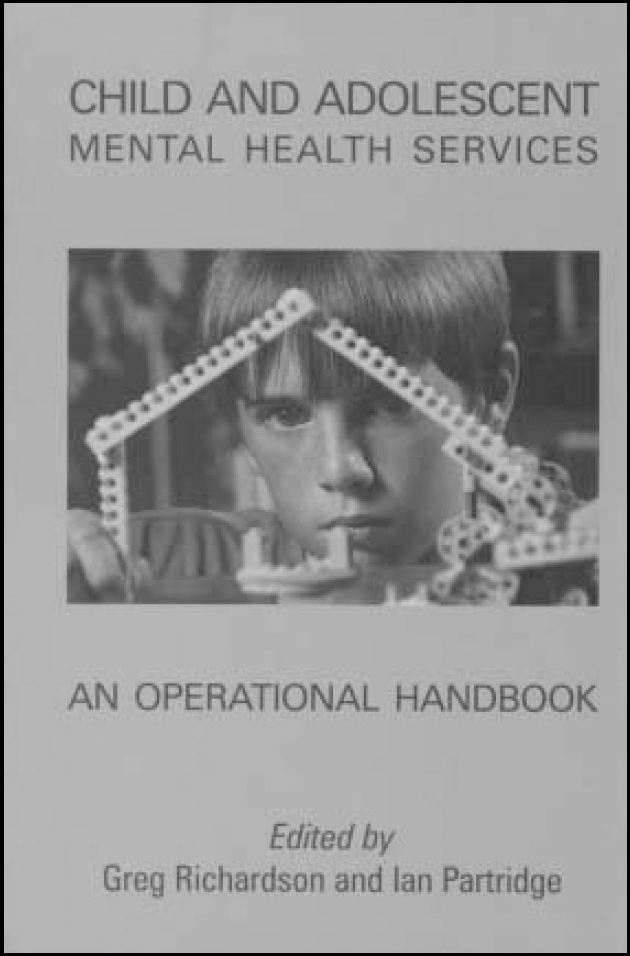
The authors of this operational handbook have distilled a large amount of knowledge and experience into a relatively small volume. Their stated aim is to provide ‘a description of how the nuts and bolts of a CAMHS (child and adolescent mental health service) can be put together to provide a robust, patient-centred, clinically effective practice’. It is aimed at all CAMHS clinicians, their managers and the commissioners. Does it achieve its aims?
The book is at its best in describing the structure and operations of particular services. The various authors manage to specify much of what is sensibly expected and required in a concise and readable fashion. This praise applies across all the services described. The book also contains pointed nuggets of wisdom, for example, the reminder that since adolescent inpatient units are intended for very troubled teenagers, we should expect that many of those teenagers will not be well enough to go home at weekends, and also that the Mental Health Act 1983 might need to be invoked. The chapter on multidisciplinary teamwork is thoughtful and challenging.
However, I had three types of difficulty with the handbook. First, who will find it most useful? On initial reading I thought that this is an ideal book for an intelligent and committed commissioner, new to CAMHS, who wanted to learn quickly and comprehensively about good ways of working and the structures needed to underpin that work. On careful rereading, that remains my view. It strikes me as less useful for clinicians, except at that very important time when we are in negotiation with our commissioners. Second, I had difficulty with some of the individual chapters. The chapter on court reports strikes me as useful to specialist registrars and inexperienced consultants only. The chapter on the law is neither simple enough for the novice nor complex (or accurate) enough to guide the experienced clinician faced with a knotty problem. Third, I was troubled by some inaccuracies, problems with tone, and some significant omissions. It is correct to say that generic counselling is not usually helpful, and may even be unhelpful. However, it is neither fair nor accurate to say that counselling is in ‘ high demand by parents and adults in the child's world who wish to distance themselves from and pathologise that child’. Perhaps the parents just want help for their child, but don't really know how to ask. With regard to the omissions, there is one mention of the National Service Framework (NSF), and no mention at all of primary care trusts (which commission nearly everything we do now, and which will manage the commissioning in the future) or strategic health authorities (which commission the rest).
These are not major faults, and I am certainly pleased to have this book on my shelf. I will refer to it when dealing with commissioners, and will lend it to interested commissioners and to specialist registrars who are applying for consultant posts. I am sure that it will best be read in conjunction with the NSF. However, I hope that the authors will urgently update the handbook, and that they will now provide us with a fresh volume that explicitly takes into account the NSF. If they do so, then we will have a truly powerful operational handbook, and one which will stand us in good stead for several years to come.



eLetters
No eLetters have been published for this article.